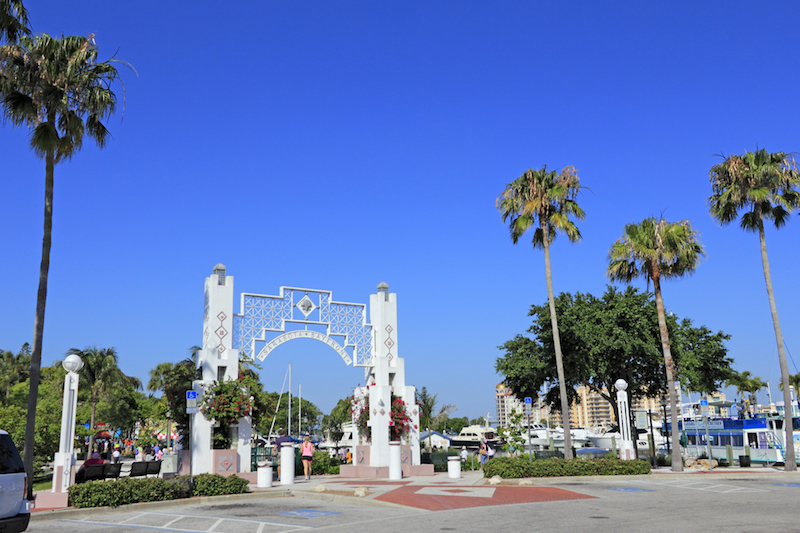Happiest US Metro Areas Revealed

If you're looking to move to a happy place, you might want to check out the North Port-Sarasota-Bradenton, Florida, area: The region reported the highest well-being out of the 100 most populous communities in the country, according to a new poll.
The top five happiest metro areas also included urban Honolulu, Hawaii; Raleigh, North Carolina; Oxnard-Thousand Oaks-Ventura, California; and El Paso, Texas, according to the Gallup-Healthways Well-Being Index, a measure based on factors such as feelings of purpose and physical health.
The metro areas with the lowest well-being score were Youngstown-Warren-Boardman, Ohio-Pennsylvania; Toledo, Ohio; and Knoxville, Tennessee, the poll found. Ohio also had three other communities that ranked in the bottom 10 for well-being: Dayton, Columbus and Cincinnati. [See the Full List of Happiest U.S. Metro Areas]
From January through December 2014, Gallup-Healthways researchers conducted telephone interviews with a random sample of more than 176,000 adults living in metropolitan areas in all 50 states and the District of Columbia. These areas were defined by the U.S. Office of Management and Budget.
Well-being was calculated on a scale of 0 to 100 (where 0 represented the lowest possible well-being and 100 represented the highest). The metric took into account overall well-being, as well as five essential elements of well-being, including daily feelings of purpose, loving relationships, financial security, safety and pride in one's community, and physical health.
The survey found big differences between communities with the highest and lowest well-being scores. Compared with people who live in the highest-scoring areas, those in the lowest-scoring regions were 55 percent less likely to enjoy what they do each day, and 58 percent more likely not to feel pride in their community.
People from such "sad" communities were also 35 percent more likely than people from those with the highest well-being to have experienced food insecurity in the last year, and 32 percent less likely to have someone in their lives encouraging them to make healthy choices. Residents of low well-being areas were also 26 percent more likely than those of high well-being areas to be obese and 68 percent more likely to smoke, according to the survey findings.
Sign up for the Live Science daily newsletter now
Get the world’s most fascinating discoveries delivered straight to your inbox.
Although North Port-Sarasota-Bradenton, Florida, had the highest overall well-being score, it did not score the highest in any individual element of well-being. El Paso, Texas, scored the highest for both purpose and physical well-being. Provo-Orem, Utah, had the highest community well-being. Urban Honolulu had the highest financial well-being, and Chattanooga, Tennessee-Georgia, had the highest social well-being, poll results showed.
By contrast, Youngstown-Warren-Boardman, spanning Ohio and Pennsylvania, reported the lowest well-being in both purpose and social well-being, while Toledo had the lowest community well-being. Residents of Columbia, South Carolina, had the lowest financial well-being for large communities, and those of Knoxville had the lowest physical well-being.
The regional findings are consistent with statewide reports of happiness, which show that well-being is generally highest in the Northern Plains, the mountainous West and the West, and lowest in the South and the industrial Midwest.
States with the highest well-being also tended to have the lowest use of drugs for relaxation purposes, the poll found.
In general, residents of places with the highest well-being were more likely to score well across multiple elements, which likely had a synergistic effect, the researchers said.
"This may reflect what is perhaps the most important factor separating the nation's high well-being communities from those with lower well-being: a holistic view of well-being," the researchers said in a statement.
Follow Tanya Lewis on Twitter. Follow us @livescience, Facebook & Google+. Original article on Live Science.











